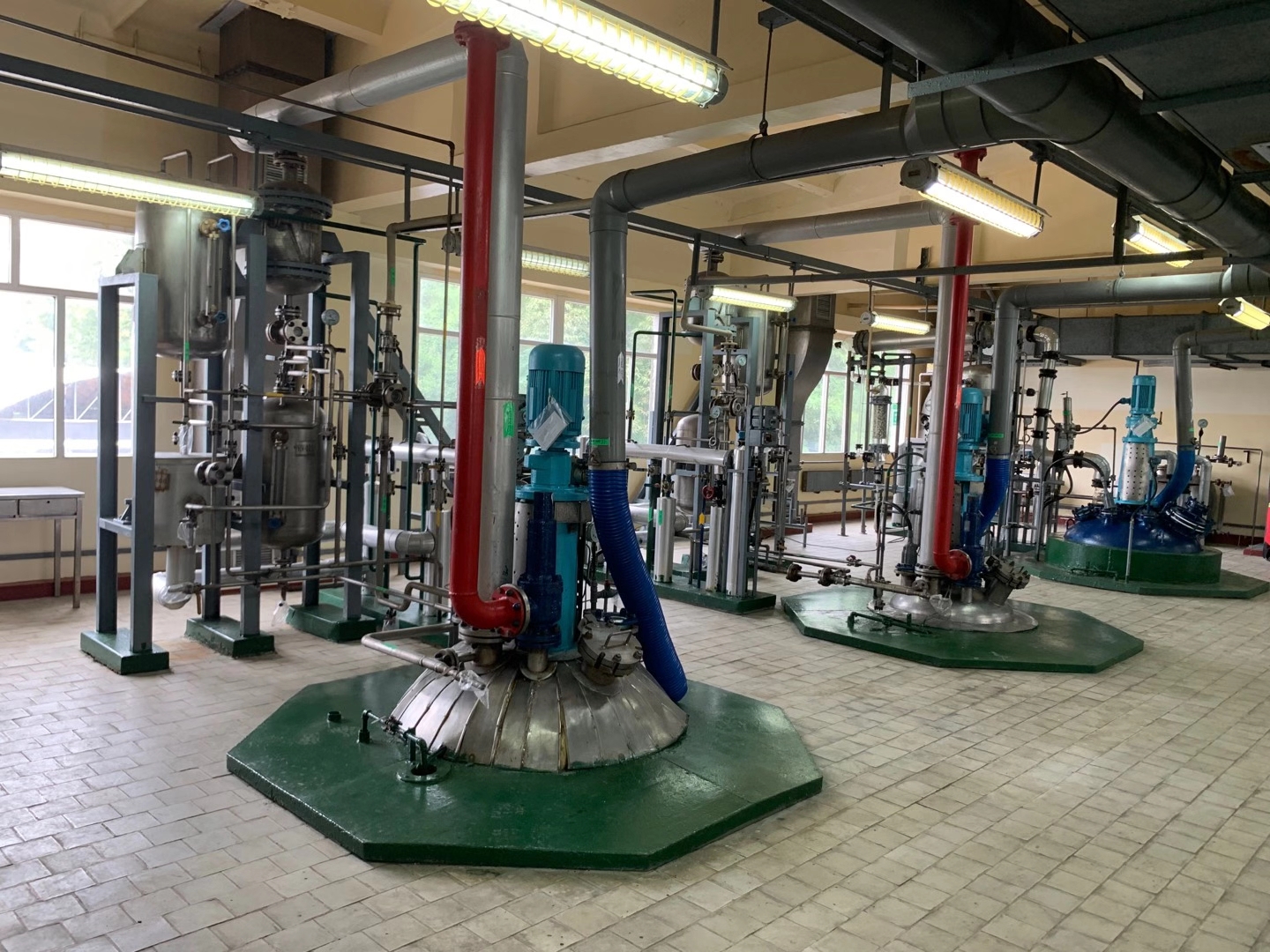
Yellow phosphorus and phosphoric acid rose together
Yunnan-guizhou yellow phosphorus prices rose.Data show that the offer of 34500 yuan/ton at the beginning of the week has risen to 60,000 yuan/ton at the end of the week, up 73.91% within the week, 285.85% year-on-year.
Yunnan Development and Reform Commission issued the Notice of Yunnan Energy Conservation Leading Group Office on Resolutely Doing a Good job in Energy Consumption Double Control, which mentioned strengthening production control of yellow phosphorus industry to ensure that the average monthly output of yellow phosphorus production line from September to December 2021 should not exceed 10% of the output of August 2021 (i.e., reduce the output by 90%).
Affected by the news, yellow phosphorus production is expected to significantly reduce, the downstream began to purchase yellow phosphorus, with the aggravation of yellow phosphorus spot tension, yellow phosphorus prices continue to rise substantially.Yellow phosphorus market price rises, yellow phosphorus enterprises limit voltage load, capacity reduction, spot tension intensifies.The price of upstream phosphate ore and coke increases, and the price of downstream phosphoric acid rises all the way. The downstream begins to purchase yellow phosphorus at a high price, and the acceptance of high yellow phosphorus is high. Overall, the market has good confidence and strong support from upstream and downstream.It is expected that in the short term, the yellow phosphorus market is difficult to downward expectations.
Yunnan is one of the most resource-rich provinces in China, and the chemical industry has become one of the pillar industries of yunnan’s industrial economy, with yellow phosphorus production capacity accounting for more than 40% and silicon production capacity 20% of the country.By the end of 2020, there were 346 chemical enterprises above designated size in the province.
According to the Notice on Double Control of Energy Consumption issued by Yunnan Provincial Leading Group Office of Energy Conservation, the average monthly output of yellow phosphorus production line from September to December should not exceed 10% of the output of August (i.e., 90% reduction).The average monthly output of industrial silicon enterprises shall not exceed 10% of the output of August (i.e., 90% reduction);Based on fertilizer manufacturing, chemical raw materials manufacturing, coal processing, ferroalloy refining and so on four industries, the added value of energy consumption per ten thousand yuan higher than the industry average energy consumption of enterprises in key enterprises adopt control measures, including energy consumption higher than average 1-2 times limit production 50%, 2 times higher than average energy consumption of enterprises restricting output by 90%.


Yunnan province is required to focus on petrochemical, chemical, coal chemical, iron and steel, coking, building materials, non-ferrous industries, establish a list management system of “two high” projects, eliminate a number of inefficient and backward production capacity, actively guide enterprises to promote green and low-carbon production, effectively promote industrial transformation and upgrading, and improve the quality and efficiency of development.
Jiangsu: soda enterprises operating rate may drop 20%.
Jiangsu, known as “Su Daqiang”, currently has 14 chemical industrial parks and 15 chemical concentration areas.By the end of December 2020, there were more than 2,000 chemical enterprises in Jiangsu Province.
In Jiangsu Province, the double control of energy consumption is in the process of increasing supervision. In 2021, a special energy-saving supervision action will be launched for enterprises with annual comprehensive energy consumption of more than 50,000 tons.The scope of the special energy-saving supervision includes 323 enterprises with annual comprehensive energy consumption of more than 50,000 tons of standard coal, 29 projects with comprehensive energy consumption of more than 50,000 tons of standard coal, and projects with comprehensive energy consumption of more than 5,000 tons of standard coal that have been put into operation since 2020 (the task list will be separately issued).Involving petrochemical, chemical, coal chemical, coking, iron and steel, building materials, non-ferrous, coal power, textile, paper making, wine and other industries.
Affected by this, some soda enterprises in Jiangsu had planned to reduce production in September, and the operating rate fell by 20%.Jiangsu soda production capacity accounted for 17.4% of the total domestic production capacity, making the shortfall expected soda prices continue to be strong.The second and third quarter is the traditional maintenance season of soda, and the supply is obviously reduced.In addition, irregular production restrictions and power constraints, as well as environmental factors, have greatly reduced the supply of products.
Inner Mongolia: no more approval of PVC, methanol, ethylene glycol and other new capacity projects
Chemical industry is the pillar industry and traditional advantage industry of Inner Mongolia Autonomous Region, and has formed a variety of industrial systems such as coking, chlor-alkali, modern coal chemical industry, fine chemical industry and so on.The output of methanol, polyvinyl chloride, polyolefin resin and other important bulk products ranks first in China.At present, Inner Mongolia chemical industry has 58 parks (concentrated areas) and hundreds of chemical enterprises.The proportion of energy and raw material industry and high energy consumption and high emission industry in Inner Mongolia Autonomous Region is large, especially the coal chemical industry, the total energy consumption and energy consumption per unit output value are at a high level.
According to the “Several Measures to ensure the completion of the” 14th Five-year plan “energy consumption double control targets issued by the Inner Mongolia Development and Reform Commission, starting from 2021, coke (blue carbon), calcium carbide, PVC, synthetic ammonia (urea), methanol, ethylene glycol, caustic soda, soda, ammonium phosphate, yellow phosphorus…New capacity projects such as polysilicon and monocrystalline silicon without downstream conversion will no longer be approved.Through controlling scale, suppressing production capacity, it is inevitable to gradually reduce the supply of relevant varieties.